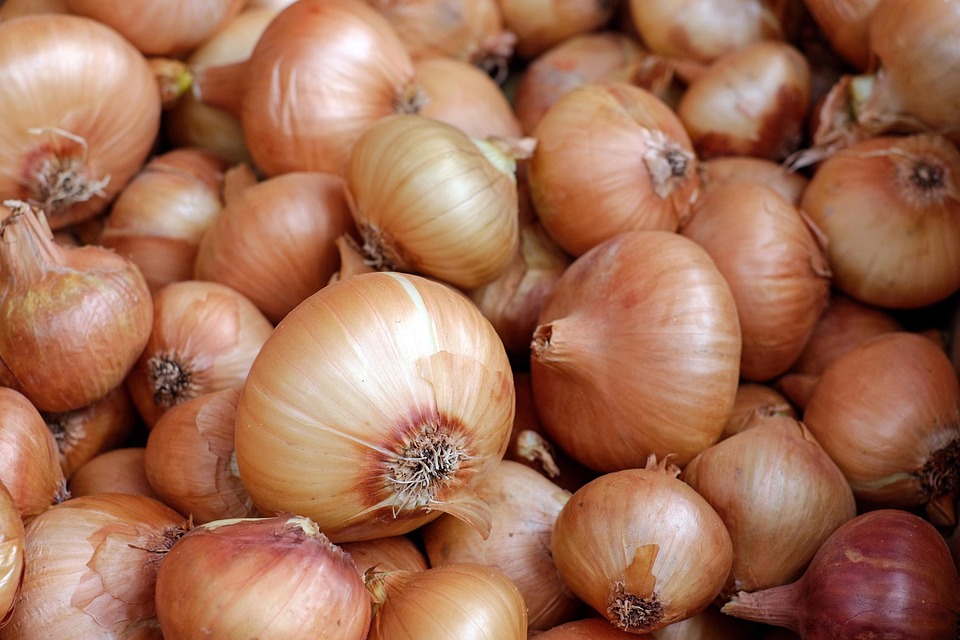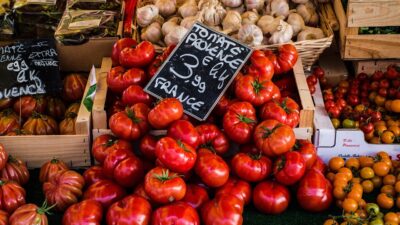Mastering knife skills is one of the most essential foundations for any aspiring chef. The ability to handle knives efficiently not only enhances your culinary prowess but also ensures safety and precision in the kitchen. Here’s a comprehensive overview of essential knife skills, techniques, and tips to elevate your cooking game.
The Importance of Good Knife Skills
Good knife skills can streamline your cooking process, improve the presentation of your dishes, and ensure even cooking. Additionally, proper knife techniques help in utilizing ingredients more effectively, reducing waste and enhancing flavor.
Choosing the Right Knife
Before diving into techniques, it’s crucial to understand the types of knives you’ll be using:
- Chef’s Knife: A versatile workhorse for chopping, slicing, and dicing.
- Paring Knife: Ideal for peeling and intricate tasks.
- Serrated Knife: Great for cutting bread and delicate foods like tomatoes.
- Utility Knife: A mid-sized option for various tasks.
- Boning Knife: Designed for deboning meat with precision.
Investing in a few high-quality knives is worthwhile, as a good blade can make all the difference.
Essential Knife Skills and Techniques
1. The Grip
A proper grip is fundamental to control and stability. Use the pinch grip:
- Pinch the blade of the knife with your thumb and the side of your index finger.
- Wrap your other three fingers around the handle, ensuring a firm yet comfortable hold.
2. The Cutting Technique
Learn the following basic cutting techniques:
- Chopping: This is a quick, downward motion using the chef’s knife. Keep the tip of the knife on the cutting board and use the weight of the blade for speed.
- Dicing: For uniform pieces, start with a well-chopped ingredient. Cut it into planks, then slices, and finally crosswise for cubes.
- Mincing: A finer chop, often used for garlic and herbs, involves a rocking motion where the tip of the knife stays on the board while the handle moves up and down.
- Julienne and Brunoise: For julienne, cut the ingredient into thin strips; for brunoise, cut those strips into tiny cubes.
3. The Rocking Motion
This motion is especially useful for chopping herbs and small vegetables. With the tip of the knife anchored on the cutting board, rock the knife back and forth in a fluid motion, using the weight of the blade to guide your cuts.
4. Safety First
Always prioritize safety while handling knives. Here are some tips:
- Keep your fingers tucked under your knuckles (the claw grip) to avoid accidental cuts.
- Use a stable cutting board—preferably one with non-slip feet.
- Always cut away from your body and ensure your workspace is clean and clear.
Maintaining Your Knife
A well-maintained knife is safe and effective:
- Sharpening: Regularly hone your knife with a steel to maintain its edge. For dull knives, use a whetstone or take it to a professional.
- Cleaning: Hand wash knives and dry them immediately to prevent rust. Avoid the dishwasher, as it can damage the blades and handles.
Practice Makes Perfect
Like any other skill, proficiency comes with practice. Start with basic vegetables like onions, carrots, and bell peppers to refine your skills. Set aside time to practice different cuts, focusing on consistency and speed.
Final Thoughts
Mastering knife skills is an investment in your culinary journey. By understanding your tools and honing your techniques, you equip yourself with a fundamental skill that will serve you throughout your cooking endeavors. So grab a knife, roll up your sleeves, and start chopping—your future as a chef begins with these essential knife skills!



